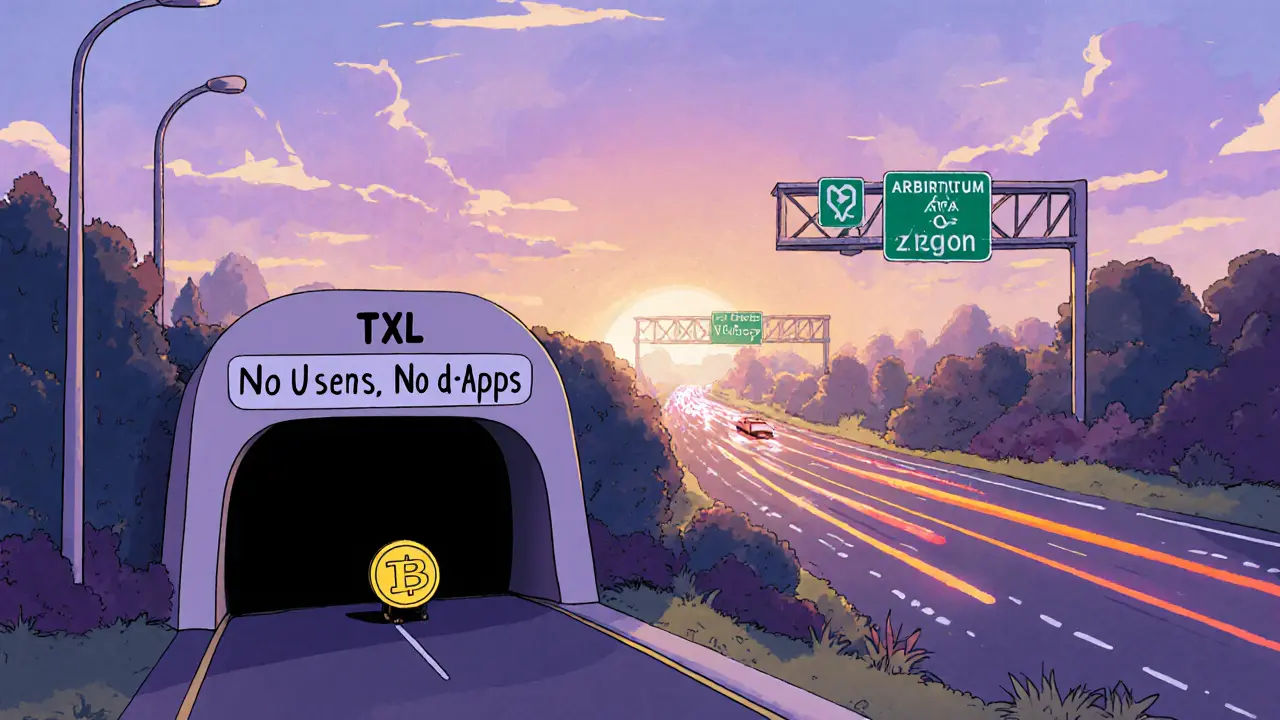TXL Coin: What It Is, Where It's Used, and What You Need to Know
When you hear TXL coin, a cryptocurrency token often tied to niche blockchain projects or experimental platforms. Also known as TXL, it's not listed on major exchanges like Binance or Coinbase, and that’s by design—many tokens like this are built for specific ecosystems, not mass adoption. Unlike Bitcoin or Ethereum, TXL coin doesn’t have a well-documented whitepaper or public team. Most references to it come from small decentralized apps, community-driven airdrops, or obscure wallet integrations. If you’ve seen it pop up in a crypto forum or airdrop checklist, you’re not alone—but you should ask: why does this exist?
TXL coin often shows up alongside other low-cap tokens that serve one purpose: access. It might unlock a feature in a new DEX, grant voting rights in a DAO, or act as a gatekeeper for a private staking pool. It’s not meant to be a store of value—it’s a utility key. That’s why you won’t find price charts on CoinMarketCap or detailed analytics on DeFiLlama. Its value isn’t in speculation; it’s in usage. If a project requires TXL to interact with its smart contracts, then holding it matters. If not, it’s just digital noise. Related entities like blockchain project, a software initiative built on distributed ledger tech with a specific goal, often tokenized and tokenomics, the economic design behind a crypto token, including supply, distribution, and usage incentives are central to understanding whether TXL has any real staying power. Without clear tokenomics—like how many tokens exist, who holds them, and how they’re earned—it’s hard to trust any project using TXL.
Most of the posts in this collection focus on real, verifiable crypto assets—like BAKE token, LIT, or SMOL—and warn against scams hiding behind similar-sounding names. TXL coin sits in that gray zone. It’s not confirmed as a scam, but it’s also not confirmed as something you should hold. Some users report earning it through obscure tasks: joining Telegram groups, completing KYC on unknown platforms, or testing beta apps. Others say it’s a phantom token—visible only in wallet histories after clicking suspicious links. The truth? If you didn’t actively seek out TXL coin through a trusted source, you probably shouldn’t be interacting with it. This page pulls together everything we’ve found about TXL coin: where it’s been mentioned, which projects tried to use it, and what red flags to watch for. You’ll see real examples, user reports, and safety tips—not guesses or hype. What you find here isn’t a recommendation. It’s a map to help you avoid traps.
